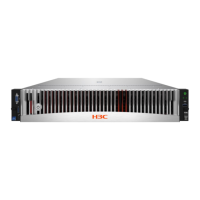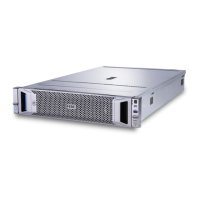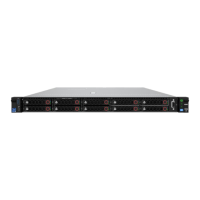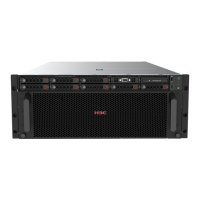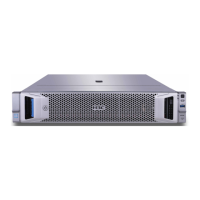6
Applicable scenarios
To manually locate the drives, you can use this feature.
Logical drive initialization
About logical drive initialization
You must initialize logical drives after you configure a RAID array. After logical drives are initialized,
they can be used by the operating system and the member drives in the redundant RAID array can
meet the requirement of the RAID level.
The storage controller supports the following methods to initialize a logical drive:
Fast Initialize Drive—Firstly initializes the first 10 MB and the last 10 MB of the logical drive,
which sets the RAID state to Optimal.
Slow Initialize Drive—Initializes all space in the logical drive. Data write is available after the
initialization is finished.
Applicable scenarios
To make the member drives in the redundant RAID array meet the requirement of the RAID level,
you can use this feature.
Drive scanning
About drive scanning
You can perform this task for the storage controller to detect the status change of a hot-swapped
drive timely.
Applicable scenarios
You can use this feature to manually refresh the drive information.
Drive erasing
About drive erasing
If the operating system is installed on a logical drive, erasing the logical drive might cause
system failure. Perform this operation with caution.
To avoid damage to drives, do not perform any other operations while the controller is erasing
This feature enables the storage controller to completely delete data on drives and prevents data
from being recovered. You can perform this task to protect data security.
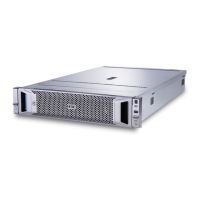
